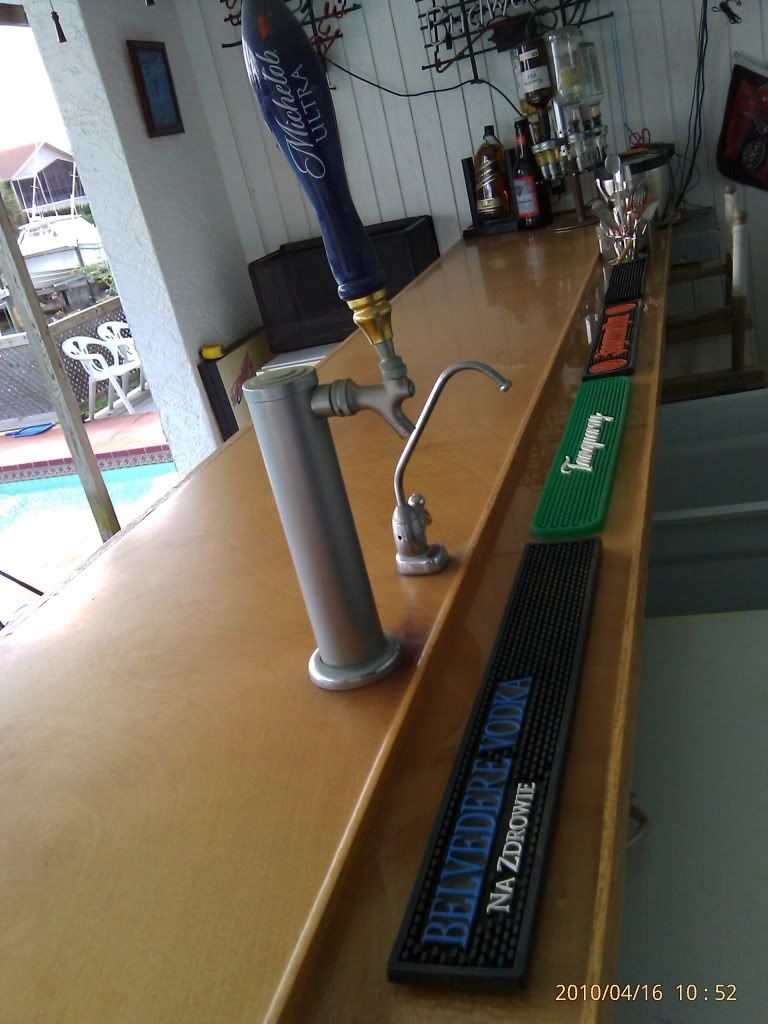Jimmy Buoy
Well-Known Member
- Dec 3, 2008
- 2,468
- Boat Info
- 2003 Cobalt 293
- Engines
- Twin Volvo-Penta 5.0 270hp & DuoProps
Just bought this new teak table for the cockpit. It was the perfect size and shape, plus I wanted to have a :wow: "WOW" :wow: factor with a wood table.
It is unfinished and has black rubber separating each piece of teak.
I would like to coat the table with some epoxy or urethane that will form a very thick, hard, strong, and deep finish. My concern is the black rubber strips.:huh:
Will these strips cause any thick protective layer to crack from expansion/contraction or simply due to the fact that the rubber is less resistant to impact as the teak?:smt100
Any suggestions on the product needed for that "bar room table" durable glossy finish?? :grin:
It is unfinished and has black rubber separating each piece of teak.
I would like to coat the table with some epoxy or urethane that will form a very thick, hard, strong, and deep finish. My concern is the black rubber strips.:huh:
Will these strips cause any thick protective layer to crack from expansion/contraction or simply due to the fact that the rubber is less resistant to impact as the teak?:smt100
Any suggestions on the product needed for that "bar room table" durable glossy finish?? :grin:
Last edited:





